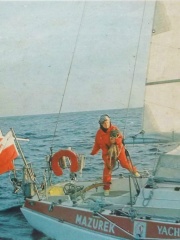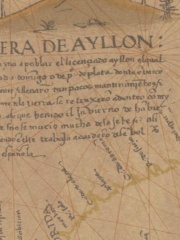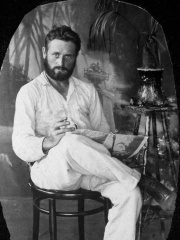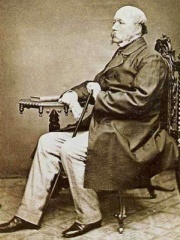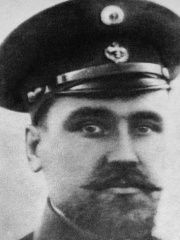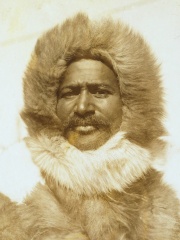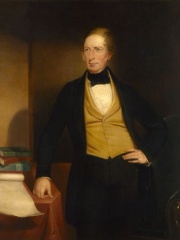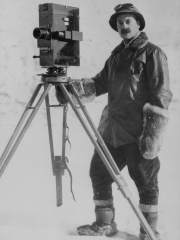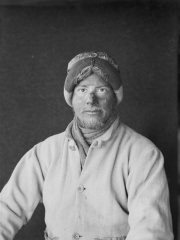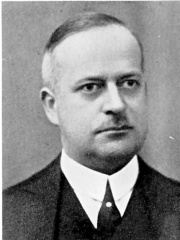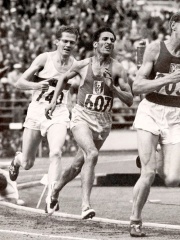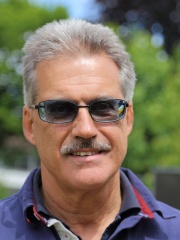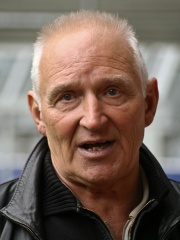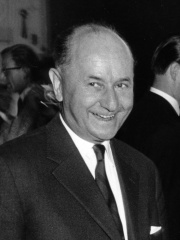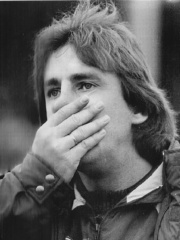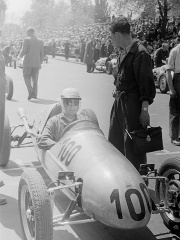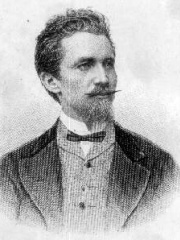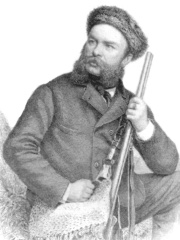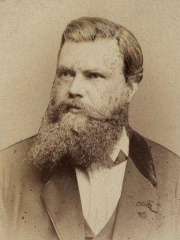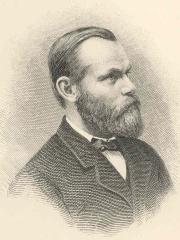EXPLORER
Jan Carstenszoon

 Jan Carstenszoon
Jan Carstenszoon
Jan Carstenszoon or more commonly Jan Carstensz was a 17th-century Dutch explorer. In 1623, Carstenszoon was commissioned by the Dutch East India Company to lead an expedition to the southern coast of New Guinea and beyond, to follow up the reports of land sighted further south in the 1606 voyages of Willem Janszoon aboard Duyfken. Setting sail from Ambon in the Dutch East Indies with two ships, the yacht Pera (captained by Carstenszoon) and Arnhem (captained by Willem Joosten van Colster), the ships travelled along the south coast of New Guinea, then headed south to Cape York Peninsula and the Gulf of Carpentaria. On 14 April 1623, Cape Keerweer was passed. Read more on Wikipedia
His biography is available in 16 different languages on Wikipedia (up from 15 in 2024). Jan Carstenszoon is the 450th most popular explorer (up from 472nd in 2024), the 5,141st most popular biography from Germany (up from 5,473rd in 2019) and the 28th most popular German Explorer.
Memorability Metrics
Page views of Jan Carstenszoon by language
Among EXPLORERS
Among explorers, Jan Carstenszoon ranks 450 out of 498. Before him are Krystyna Chojnowska-Liskiewicz, Lucas Vázquez de Ayllón, Frans Blom, John Gardner Wilkinson, Valerian Albanov, and Matthew Henson. After him are Charles Sturt, Herbert Ponting, George Back, Ed Stafford, Apsley Cherry-Garrard, and Lars Christensen.
Most Popular Explorers in Wikipedia
Go to all RankingsKrystyna Chojnowska-Liskiewicz
1936 - 2021
HPI: 54.21
Rank: 444
Lucas Vázquez de Ayllón
1478 - 1526
HPI: 54.21
Rank: 445
Frans Blom
1893 - 1963
HPI: 54.17
Rank: 446
John Gardner Wilkinson
1797 - 1875
HPI: 54.11
Rank: 447
Valerian Albanov
1881 - 1919
HPI: 54.08
Rank: 448
Matthew Henson
1866 - 1955
HPI: 54.03
Rank: 449
Jan Carstenszoon
HPI: 53.94
Rank: 450
Charles Sturt
1795 - 1869
HPI: 53.89
Rank: 451
Herbert Ponting
1870 - 1935
HPI: 53.86
Rank: 452
George Back
1796 - 1878
HPI: 53.77
Rank: 453
Ed Stafford
1975 - Present
HPI: 53.66
Rank: 454
Apsley Cherry-Garrard
1886 - 1959
HPI: 53.29
Rank: 455
Lars Christensen
1884 - 1964
HPI: 53.27
Rank: 456
In Germany
Among people born in Germany, Jan Carstenszoon ranks 5,144 out of 7,253. Before him are Karl Allgöwer (1957), Herbert Schade (1922), Carl Ebert (1887), Mario Theissen (1952), Klaus Schmidt (1953), and Aki Schmidt (1935). After him are Hanns Seidel (1901), Uwe Reinders (1955), Theo Helfrich (1913), Nick Menza (1964), Arthur Schnabel (1947), and Arno Bieberstein (1886).
Others born in Germany
Go to all RankingsKarl Allgöwer
SOCCER PLAYER
1957 - Present
HPI: 53.99
Rank: 5,138
Herbert Schade
ATHLETE
1922 - 1994
HPI: 53.98
Rank: 5,139
Carl Ebert
ACTOR
1887 - 1980
HPI: 53.96
Rank: 5,140
Mario Theissen
ENGINEER
1952 - Present
HPI: 53.96
Rank: 5,141
Klaus Schmidt
ARCHAEOLOGIST
1953 - 2014
HPI: 53.95
Rank: 5,142
Aki Schmidt
SOCCER PLAYER
1935 - 2016
HPI: 53.94
Rank: 5,143
Jan Carstenszoon
EXPLORER
HPI: 53.94
Rank: 5,144
Hanns Seidel
POLITICIAN
1901 - 1961
HPI: 53.94
Rank: 5,145
Uwe Reinders
SOCCER PLAYER
1955 - Present
HPI: 53.94
Rank: 5,146
Theo Helfrich
RACING DRIVER
1913 - 1978
HPI: 53.93
Rank: 5,147
Nick Menza
MUSICIAN
1964 - 2016
HPI: 53.92
Rank: 5,148
Arthur Schnabel
ATHLETE
1947 - 2018
HPI: 53.92
Rank: 5,149
Arno Bieberstein
ATHLETE
1886 - 1918
HPI: 53.91
Rank: 5,150
Among EXPLORERS In Germany
Among explorers born in Germany, Jan Carstenszoon ranks 28. Before him are Friedrich Gerhard Rohlfs (1831), Theodor von Heuglin (1824), Johannes Rebmann (1820), Karl Mauch (1837), Johann Ludwig Krapf (1810), and Carl Koldewey (1837).
Friedrich Gerhard Rohlfs
1831 - 1896
HPI: 57.89
Rank: 22
Theodor von Heuglin
1824 - 1876
HPI: 57.86
Rank: 23
Johannes Rebmann
1820 - 1876
HPI: 55.85
Rank: 24
Karl Mauch
1837 - 1875
HPI: 55.22
Rank: 25
Johann Ludwig Krapf
1810 - 1881
HPI: 54.52
Rank: 26
Carl Koldewey
1837 - 1908
HPI: 54.45
Rank: 27
Jan Carstenszoon
HPI: 53.94
Rank: 28
